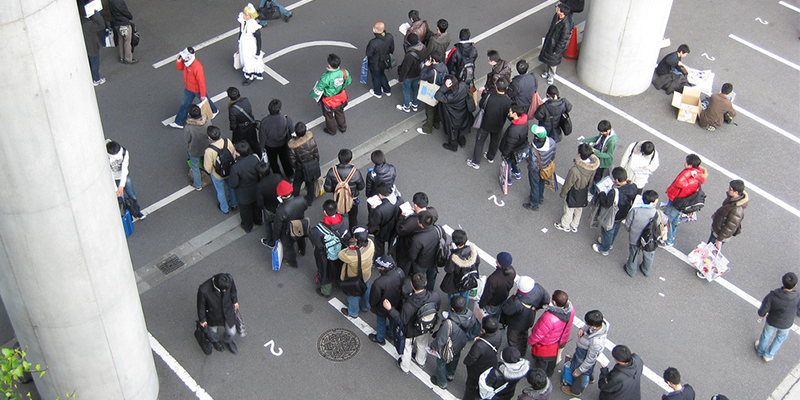We use cookies to make your experience better.
To comply with the new e-Privacy directive, you agree to the privacy policy and our use of cookies
What Is The New Normal for Hospitality?
But, as the world continues to explore this unprecedented event, many hospitality businesses have had the option to re-open their doors and thusly have found "normal" to which they`ve been forced to adapt.
What is the Normal?
The term "normal" has been widely used to describe the landscape of the world amidst the worldwide pandemic.
Over the long term, businesses, as well as people, are adjusting their everyday processes to be compliant with the evolving rules and guidelines, put in place to flatten the curve. In most cases, it involves a combination of social distancing, heightened hygiene practices, contactless transactions and table service - anything that reduces the amount of physical contact that takes place within a foundation.
A few ideas that can help your business to adapt to the normal
Seating times
Depending upon your location, there could be limits that can hinder your business` ability to trade profitably. For example, the "1 meter plus " rule in the UK, places considerable limitations on what number of guests a specific setting can accommodate. One way to boost turn over with a limited capacity is by having set seated booking times.
If you are open for lunch, offering seated sessions at set times it will allow you to work your venue at capacity consistently. While this strategy confines the ability to offer spots for walk in diners, it can help to maximize your trade, since you`ll have the option to forecast anticipated numbers, minimize wastage and staff accordingly.
Adapt your Menu
Creating a smaller, lighter version of your normal menu can make an important contribution toward minimizing costs.
Some menu items may be more work intensive than others, so it might be worthwhile expelling them if you`ve been forced to reduce your staffing levels. Similarly, consider removing more slow selling or lower-edge items to free-up cash flow and keep up a healthy bottom line.
Another factor to consider is whether claim food items are available from wholesalers. The pandemic has caused interruption in many supply chains, so guarantee that the ingredients you need can be effortlessly sourced, and are still cost effective.
Takeaway sales have also seen an increase due to limitations around seating limit. So having menu things that can be easily and quickly prepared for takeaway customers is also another factor to consider.
For seated diners, you could look to limit the offering down further by implementing a set course menu. A set menu can also reduce food wastage and help in forecasting deals and staff rosters.
Take Deposits For Bookings
Another alternate to consider is accepting a pre-payment for any bookings made. With limited capacity, "no shows" can be crippling for smaller restaurants. Charging a booking fee, as £10 per head can help to eliminate no shows.
Offer Retail Items
An extra way is to create income streams is by offering customers a retail offering. This can reach out into a wide range of avenues, similar to take home ingredient packages, sauces or relishes, cookout hampers, catering packs and many more.
Is your restaurant well known for the astounding home relishes that are served on the side of your poached eggs? Why not make big batches, bottle it up and offer these available to be purchased inside your venue. With customers not frequenting your venue frequently as they used to, they might be more inclined to take home option so they can make the most of their preferred flavors more frequently with less risk.
Stay Connected and Engage Your Customer Base
Staying connected with your customers and keeping them engaged, is important during this time. Updating online social networking with important data about your business - like opening times, booking times, capacity limits and offers - is a great way to manage with your customers` expectations and field any questions concerning about your services.Be COVID Compliant
While planning to re-open, it`s always best to get to know the latest guidelines and restrictions. Ensure you are completely aware of what is and isn`t allowed; the limit at which you can work and what risk assessments you has to carry out prior to re-opening.
Take Contactless Payments
Money is as of now in decay all through the developed world, and this trend might be reinforced by COVID-19.
Maximise the speed, effectiveness, cleanliness of your service by offering contactless payments. This can definitely reduce the quantity of touch points, and interactions between your staff and customers, which is fundamental in the current climate.








